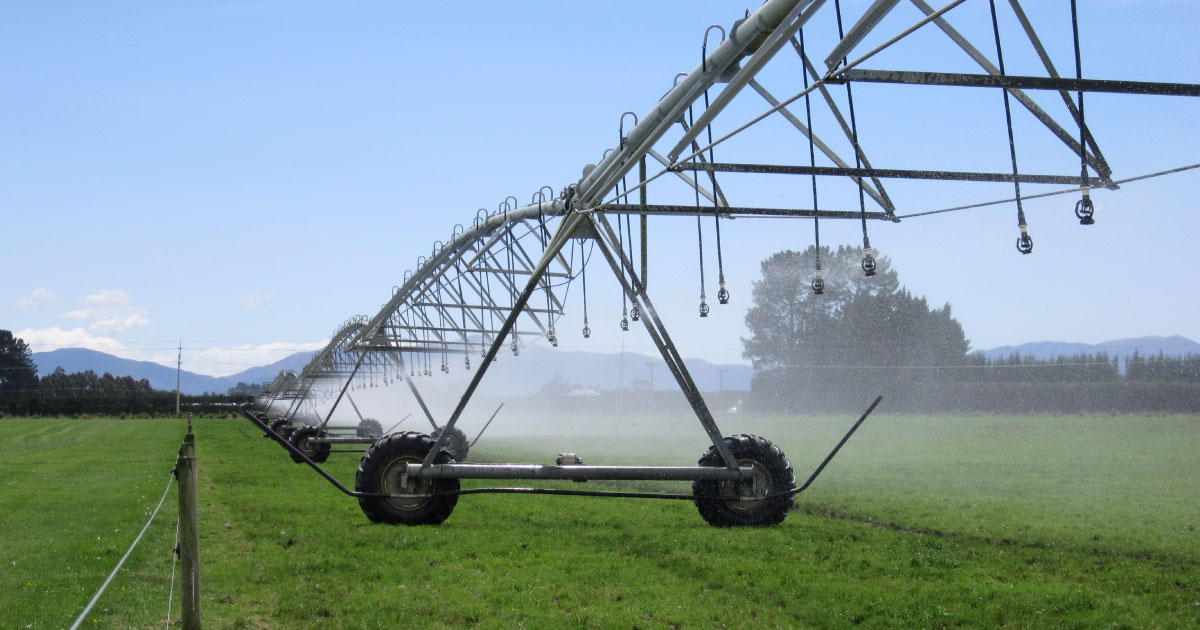Land use restrictions eased – for now!
Updates to the National Environmental Standards for Freshwater (NES-FW) have resulted in key parts being revoked (cancelled). Some changes took effect on 1 January 2025 which relate to agricultural intensification, including:
-
Conversion of farmland to dairy,
-
Increasing the irrigated area of dairy farmland,
-
Use of land for dairy support land,
-
Intensive winter grazing.

Prior to these matters being revoked, resource consents were required for anything above very minor intensification. Such consents were not impossible to obtain, although the introduction of the NES-FW created a significant hurdle to intensification and very few applications for intensification were lodged in Canterbury.
However, these matters will now be governed mainly by the Canterbury Land and Water Regional Plan (LWRP), rather than both the NES-FW and the LWRP.
In addition to the above changes, the National Policy Statement for Freshwater Management (NPS-FW) has also been changed, such that applications for consent no longer have to assess against the hierarchy of obligations identified with Te Mana o te Wai. The hierarchy made the health and wellbeing of water bodies at the top of the priority list, above all other considerations.
The recent changes will allow more consideration within the consent application decision making process to assessments of effects within environmental limits, rather than a baseline of no effect on water resources being acceptable.
These changes do not mean that changes or intensification can occur on farm that may lead to reductions in water quality or will act against achieving nutrient reduction targets that may be set in the LWRP. Given this situation, we need to question whether the NES-FW was correct in referring to changes in land use as “intensification”. Intensification suggests an increase in potential effects, although to achieve such changes nutrient losses cannot increase above currently authorised limits.
What options are available for particular properties will depend on historic nutrient losses and proving that the change will not lead to increases or be counter-productive in terms of meeting catchment-specific reductions identified in the LWRP.
However, they do mean that there is an opportunity to change, including the potential to convert to dairy. Whether consent applications that will enable such changes (such as dairy effluent discharge consents in the case of dairy conversion) will be successful, remains to be seen. Some applications have been made to ECan and more are in the pipeline.
Purely from a regulatory perspective, there will be many properties where there is potential to change land use, including conversion to dairy, and where all boxes can be ticked to meet all Rules within the LWRP. As part of the consenting process Rūnanga will have an opportunity to assess and comment and it will be interesting to see whether applications meet with any major hurdles.
People showing interest in a potential land use change range from those that are serious and have been waiting for such an opportunity, to others that are a long way from making a formal decision to change. This latter group recognise that this opportunity may not be available for long and so intend to secure the appropriate consents to keep options open. They can then do more detailed investigations into whether it will make sense for their particular circumstances at a later date.
We do not know how long the door will be ajar for making land use changes that the NES-FM previously made very difficult. Given this situation, if considering a potential land use change, it would be wise to discuss this with your trusted advisors ASAP.

